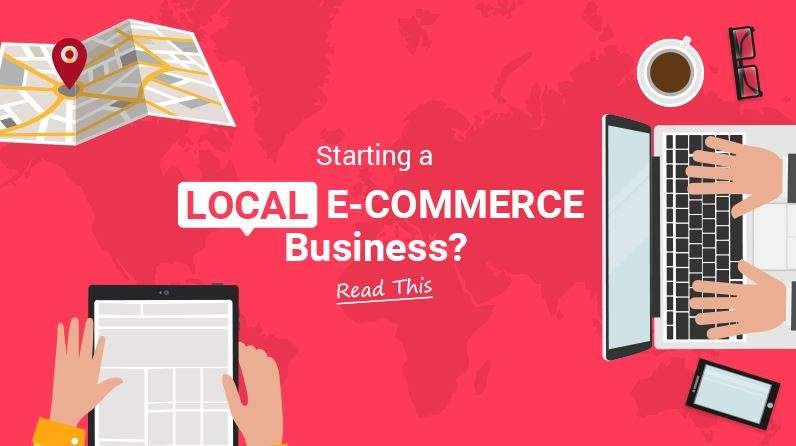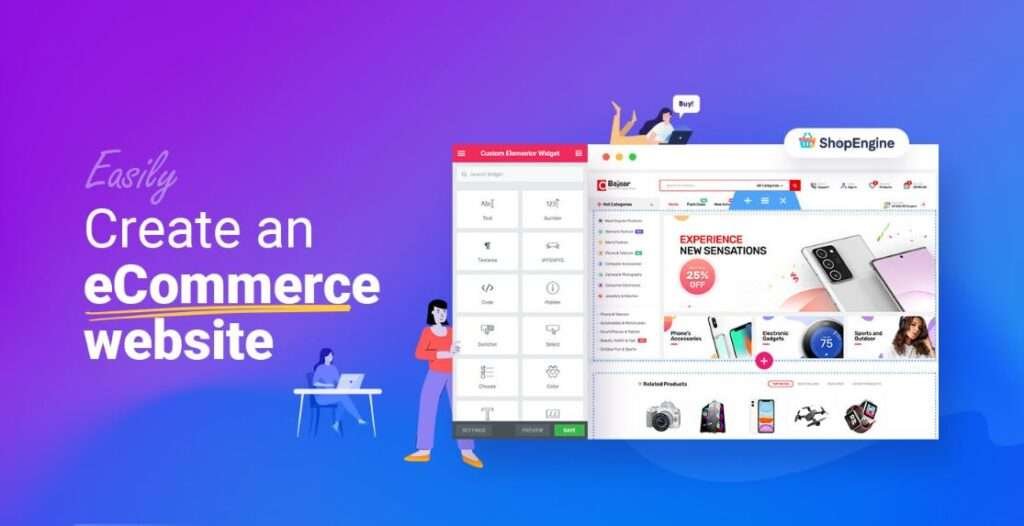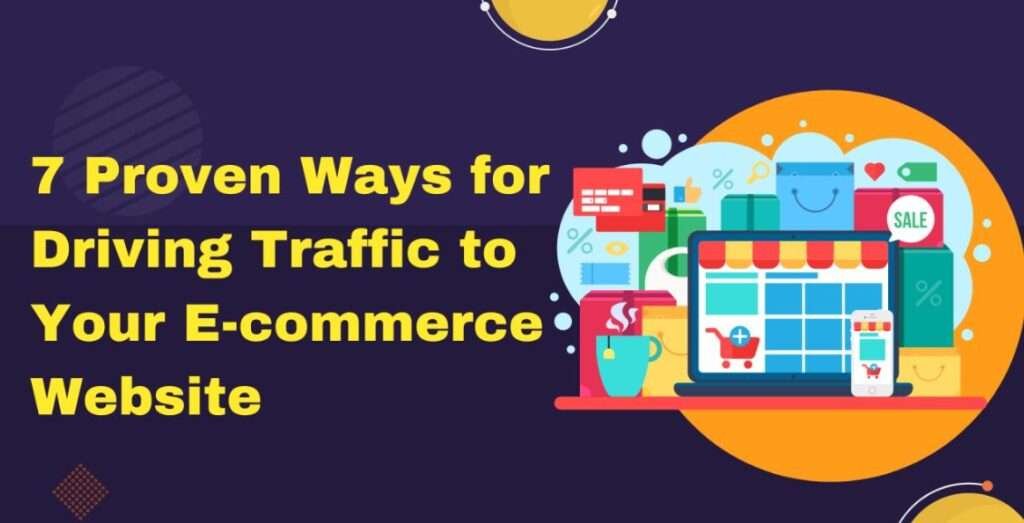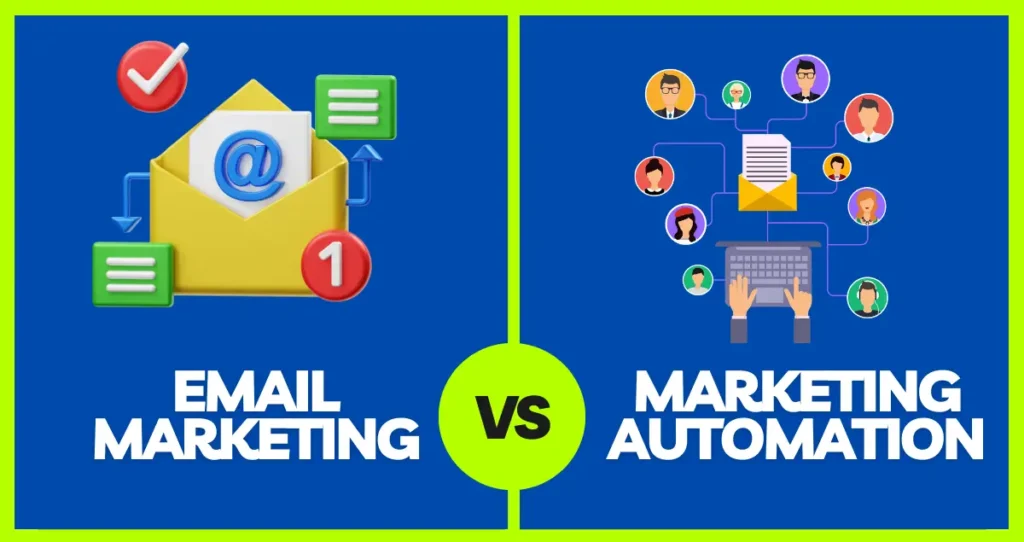Local e-commerce has become a lifesaver for micro businesses trying to follow the fast-changing trends in the retail universe. This business model helps companies transcend conventional boundaries that allow products and services to be offered online while simultaneously serving their immediate communities. Just as consumers tend to shift towards more convenient, customized shopping, local e-commerce comes as a way for local businesses to extend their reach and engage with customers on a more deeply personal level. This article looks into the ethical foundation of local e-commerce, its relevance, and some techniques businesses can use to take advantage of the community-based opportunities that come with it.
What is Local E-commerce?
Local e-commerce uses the internet to buy and sell commodities and services within a specific geographical area, mainly targeting local customers. In contrast, ecommerce is broader, covering all kinds of markets, while local ecommerce focuses on local communities offering products and services online, with delivery or pickup locally. Adopting this approach, businesses can take advantage of the convenience that online shopping offers, integrating them with their existing services and creating a platform creating the online and offline experiences of shopping in a way that showcases local culture and bonds with the community.

Why is Local E-commerce Important?
Local e-commerce is a transformational trend that leads to the movement towards a sustainable, community-conscious business approach. Through the e-commerce platform, local stores are provided with the means to extend their market space within the community, making the combination of online shopping and neighborhood engagement attractive to shoppers. This not only helps (small) businesses overcome the giants of the retail world but also stimulates a feeling of community, which results in consumers keeping loyalties to the local economy. In addition, local e-commerce can significantly decrease carbon footprints by using local delivery systems, which are preferred by customers who are increasingly aware of climate change and are looking for sustainable and ethical shopping opportunities.
How to Start a Local E-commerce Business
- Market Research: Identify a niche or demand in your local market that you can address with your products or services.
- Business Plan: Develop a detailed plan covering your business model, target market, marketing strategy, and financial projections.
- Legal Setup: Choose a business structure (e.g., sole proprietorship, LLC) and register your business. Obtain any necessary licenses or permits.
- Website Creation: Build an eCommerce website with a user-friendly design and secure payment processing. Consider platforms like Shopify or WooCommerce.
- Inventory Management: Organize your inventory system for efficient tracking and fulfillment of orders.
- Marketing and SEO: Promote your business through social media, local SEO, and other digital marketing strategies to attract local customers.
- Customer Service: Establish strong customer service practices to build trust and loyalty with your customer base.
Decide How You Want to Operate
The model you will use to run ecommerce at the local level is very important in determining the business’s success. Companies can engage solely in digital ecommerce, adopt a hybrid model that combines online sales with physical store operations or integrate ecommerce into an existing brick-and-mortar store. Every choice enables specific advantages and disadvantages; therefore, examining your business purposes, resources, and community needs is a must.
Create an E-commerce Website
Your e-commerce site is your shop’s online version, making it an integral part of your business and, therefore, of the utmost importance. A useful site has to be aesthetically attractive and intuitive. It should also be the mirror of your brand’s identity and value. It also must be optimized for local SEO, that is, when it ranks well enough in relevant search results for local shoppers.

Decide on Your Service Radius
Service radius determination is one of the most important points to consider when defining your local ecommerce strategy. This involves thinking about such issues as the possibility of filling orders quickly. This amount would be spent on shipping and the density of your target market in a particular geographical area. A clearly defined service radius plays a key role. It helps the business render services as quickly and satisfactorily as possible.
Link Up Offline and Online Premises
The merger of offline and online operations for those businesses operating storefronts opens up the possibility for multichannel consumers to shop seamlessly. The integration of online channels with store locations enables customers to shop online, collect in-store pickups, or return their purchases to a physical store, which speeds up the process and makes it easier for customers.
Use Digital Data to Strategize
Digital analytics can help companies understand customer behavior, inventory management, and marketing effectiveness. Through the analysis of this information, organizations can adjust their marketing strategies, interact with customers on a personal level, and make processes more streamlined based on customers’ preferences and needs, further improving the company’s efficiency and growth.
Market Your Website
Digital marketing is not only crucial, but it is the key to attracting customers to your local ecommerce store. Successful tactics involve having your website tailored for local SEO and social media interaction with the community, email marketing to keep the customers informed, and collaborating with local influencers and companies long-term to grow your reach.
Sell Your Products Online, Worry-Free
Using local e-commerce businesses combines two big modern trends – the growing popularity of online shopping and the community roots. undefined
Integrations
Use the integrations with payment gateways, shipping providers, and inventory management systems to simplify business processes and improve customers’ overall experience.
Themes and User Experience
Choose themes that are visually appealing and user-friendly, thus ensuring the user has hassle-free navigation and a smooth checkout process.
Speed and Scalability
Select the platform that offers fast loading speeds and the ability to scale with your business growth, keeping the performance at the required levels.
Platform Security
Providing your online shopping system with an impenetrable security barrier is the priority that you must undertake to defend customers from information theft and to win customers’ trust in your company.
Mobile-friendliness
Since the mobile shopping volume is getting bigger, a mobile-friendly website is an essential tool to satisfy customer’s needs of this type.
SEO-friendliness
Search for engine optimization of your website to achieve higher visibility and attract more local customers.
Ecommerce Website Builder vs. Hosted Platform
When choosing between an ecommerce website builder and a hosted platform, consider the following: When choosing between an ecommerce website builder and a hosted platform, consider the following:
Ecommerce Website Builder
Website builders come in handy to build and manage your online store easily; they have drag and drop interface and pre-designed templates. Yet, they might need more variety and adaptability to changes.
The platform of e-commerce backed by Your Hosting Platform of Choice
Choosing your hosting with an e-commerce platform offers all these benefits, such as flexibility and control over your website’s design, functionality, and scalability. This option is especially suitable for companies with shortcomings or ambitious development plans.
How to Drive Traffic to Your Local Ecommerce Website
The way to attract visitors to your local ecommerce business is multifaceted and involves
- search engine optimization for your local city,
- engaging with your community through social media and local events, and
- partnering with other local businesses.

Regular, useful, and relevant content that connects with your potential customers in your locality can pull in organic traffic and establish your brand in the community.
Final Thoughts: How to Make Your Local Ecommerce Website a True Example of Success
Making a local ecommerce site profitable can be done through a strategic process that involves ensuring you offer quality customer experience, use search engines to your advantage, and work with the local community. Through the development of an online enterprise that is specifically designed to meet the interests and needs of the community, a profitable online platform will be created but at the same time, the economy will be boosted. Continuously adjusting to consumer behavior changes and technology trends will help your local ecommerce business remain on the leading edge and succeed.
This in-depth roadmap is a step-by-step instruction for businesses that want to start or expand their local ecommerce ventures. Through the knowledge of intricate local e-commerce and applying the best practices, enterprises can open new prospects for development and connect with their community in the digital era.
Conclusion:
Local e-commerce offers a unique opportunity for businesses to tap into the specific needs and preferences of their local market, providing customers with the ease of online transactions coupled with the benefits of local expertise and immediacy. This approach not only fosters stronger community ties but also supports local economies, making it an increasingly popular model in the digital age.







